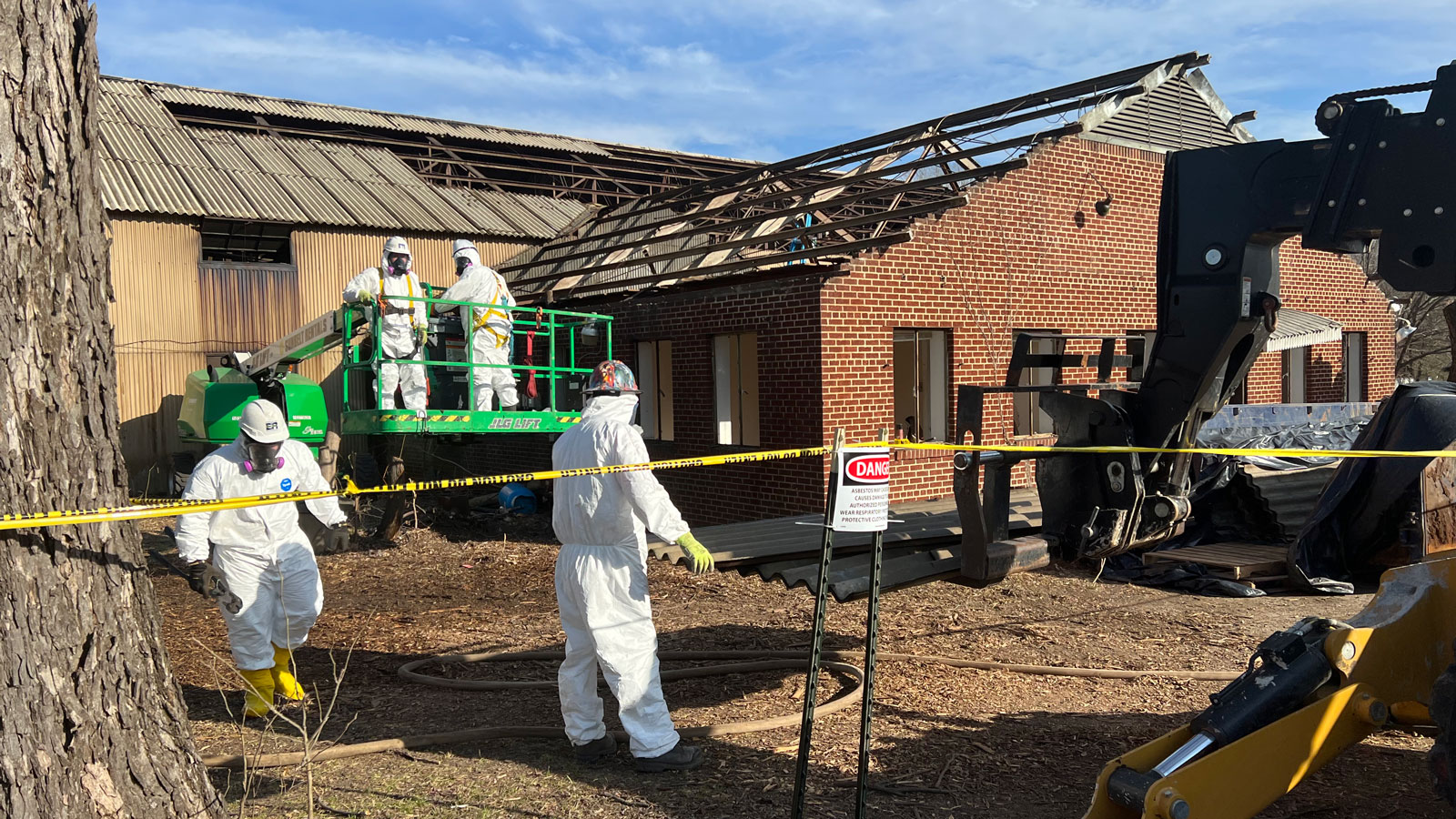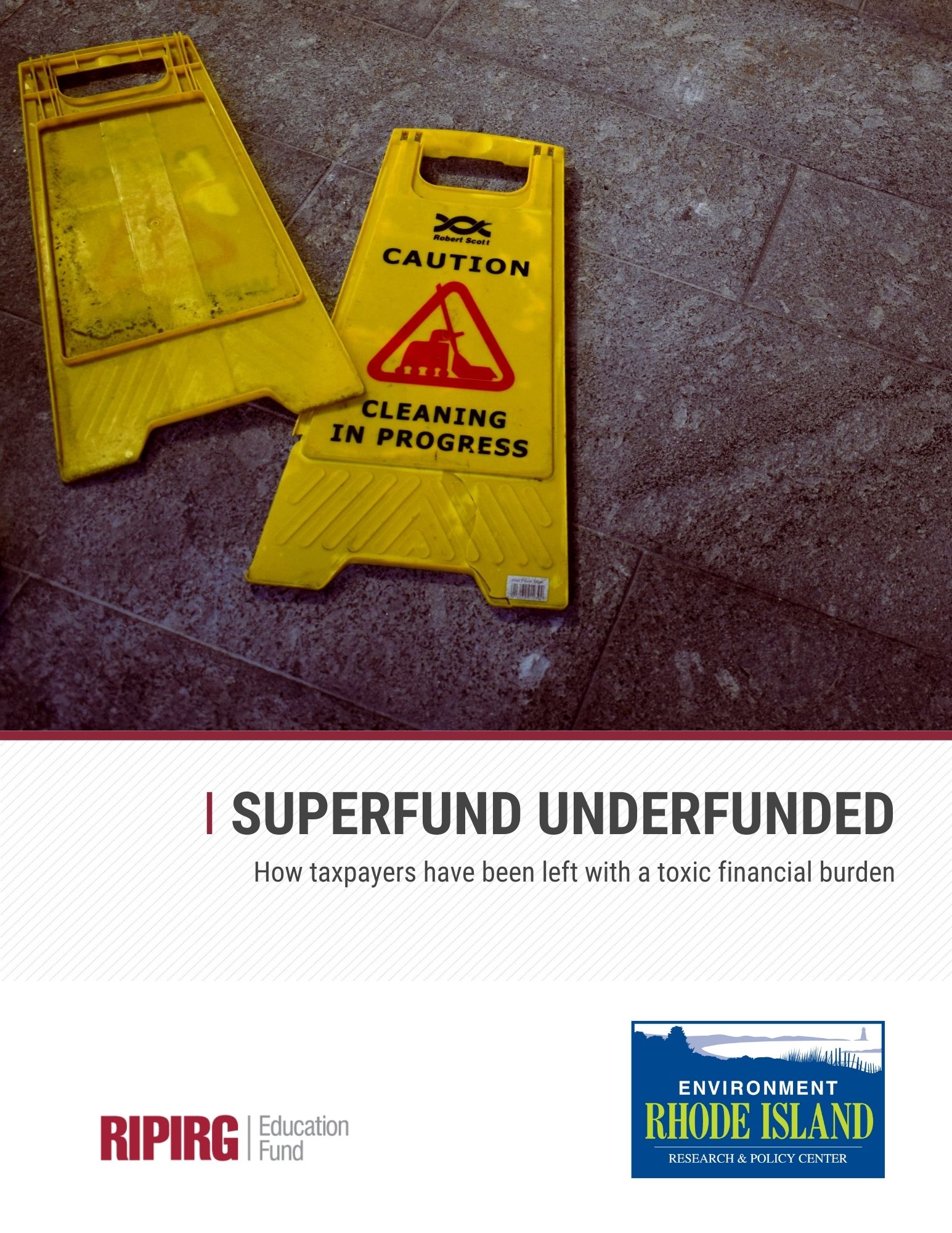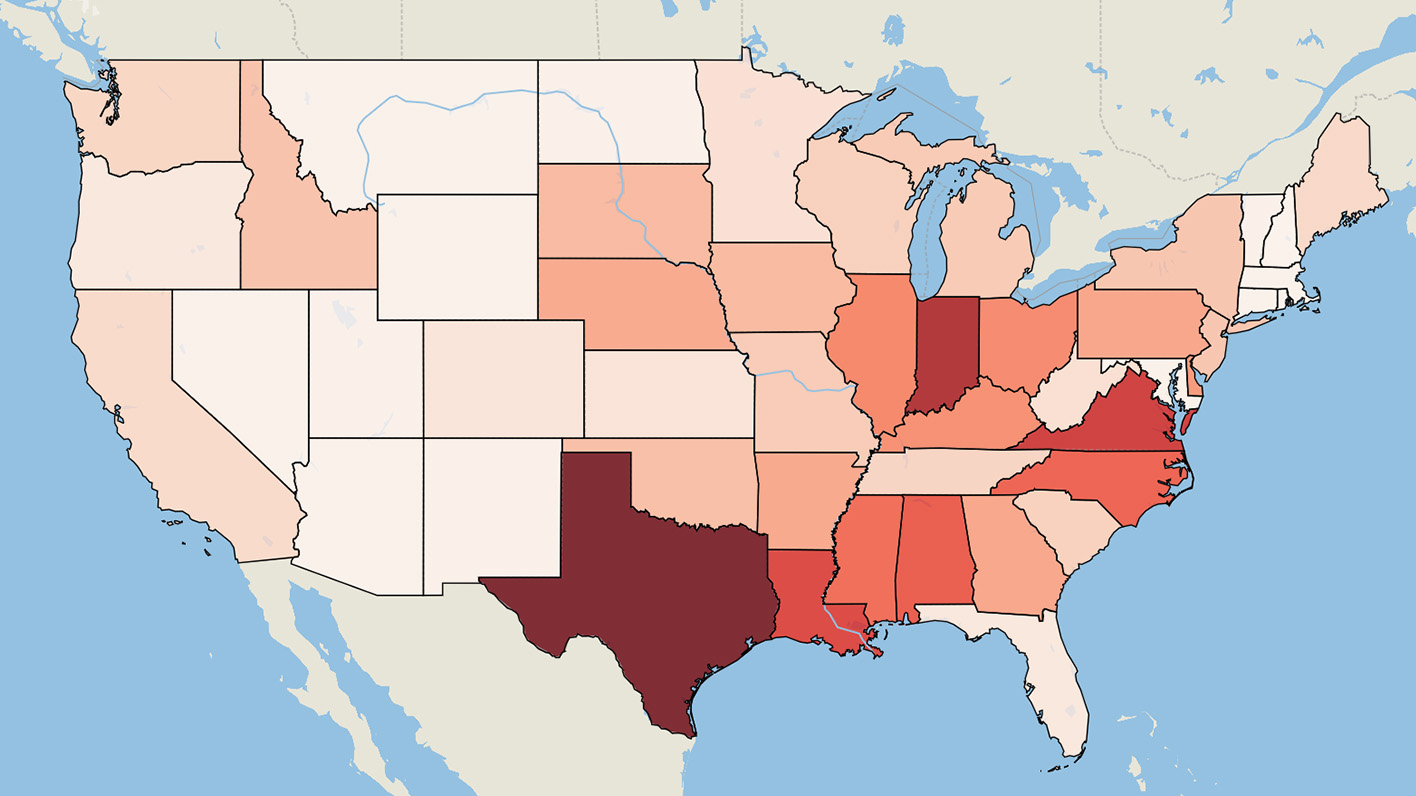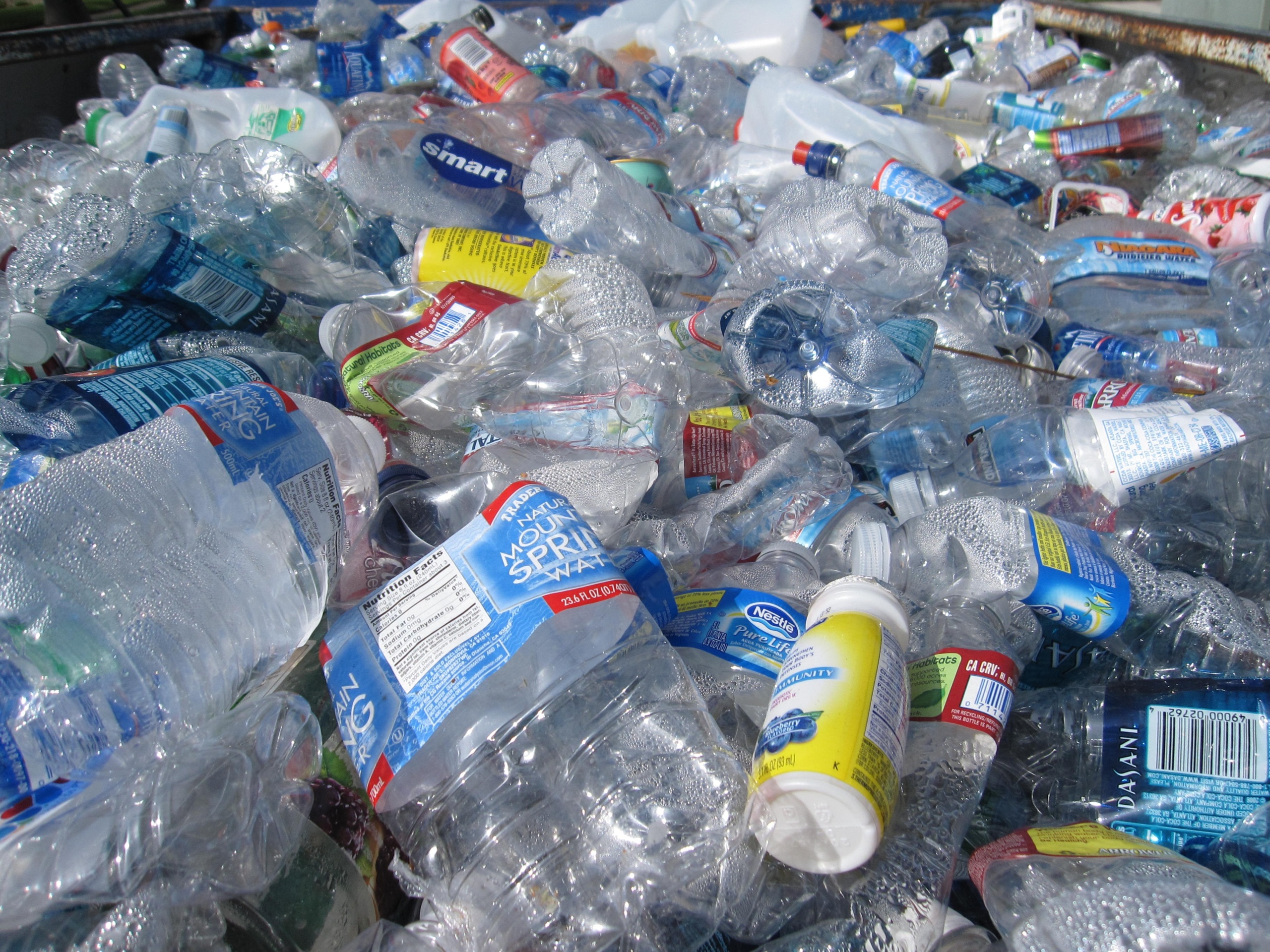
Superfund Underfunded
How taxpayers have been left with a toxic financial burden
In 1980, Congress passed the Comprehensive Environmental Response, Compensation and Liability Act (CERCLA), informally called Superfund. The Superfund program was given the authority and funds to hold polluters responsible for cleaning up contaminated waste sites or clean up the sites themselves if no responsible party can be found or afford the cleanup. These toxic waste sites house some of the most “hazardous chemicals known to humankind.” The Superfund toxic waste program protects people from these contaminants and the serious health problems associated with them.
The program was originally funded by a tax on the chemical and petroleum industries, but that tax expired in 1995, and now the money for the Superfund program has come primarily through appropriations from the general revenue. As appropriations have decreased over the past two decades, cleanup has slowed, putting more people at risk for longer from hazardous contamination.

Downloads
RIPIRG Education Fund
Executive Summary
In 1980, Congress passed the Comprehensive Environmental Response, Compensation and Liability Act (CERCLA), informally called Superfund. The Superfund program was given the authority and funds to hold polluters responsible for cleaning up contaminated waste sites or clean up the sites themselves if no responsible party can be found or afford the cleanup. These toxic waste sites house some of the most “hazardous chemicals known to humankind.” The Superfund toxic waste program protects people from these contaminants and the serious health problems associated with them.
The program was originally funded by a tax on the chemical and petroleum industries, but that tax expired in 1995, and now the money for the Superfund program has come primarily through appropriations from the general revenue.
As appropriations have decreased over the past two decades, cleanup has slowed, putting more people at risk for longer from hazardous contamination.
- From 1999 to 2020, annual appropriations decreased by more than a billion dollars from $2.3 billion to just under $1.2 billion in constant 2020 dollars.
- From 1991 to 2000, when the Superfund Trust was at its highest balance, each year saw an average of 71 Construction Completions. From 2011 – 2020, that number fell to an average of 12 construction completions each year. In FY 2020, construction was completed at only ten sites.
- The Superfund Trust reached its peak balance of $4.7 billion at the start of FY 1997, and then began declining in FY 1998. At the start of FY 2020, the Trust had a balance of $225 million.
- 34 construction projects did not begin in FY 2020 because of a lack of funding.
In FY 2020, the EPA focused on Deletions and Partial Deletions, while the number of cleanup actions remained stagnant or decreased.
- From 1997, when the first year Partial Deletions were used, until 2018, the average number of Partial Deletions each year was 4. In FY 2019, there were 15 and in FY 2020, there were 13.
- FY 2019 and 2020 had the highest and second highest number of Partial Deletions in a single fiscal year, respectively.
- Partial Deletions made up nearly half of the total number of combined Deletions and Partial Deletions in 2020. In previous years since the start of Partial Deletions, they have made up an average of less than one-third of the combined total each year.
- 14 Superfund toxic waste sites were deleted from the National Priorities List (NPL) in FY 2020. Aside from 2018, this is the most Superfund National Priorities List deletions to occur in a single fiscal year since 2005.
The EPA did not start or complete many cleanup actions in FY 2020 compared to the history of the Superfund program, since the first site was put on the National Priorities List in 1983.
- The number of Construction Completions at National Priorities List sites in FY 2020 dropped two-thirds below the yearly averages since the first National Priorities List.
- Less than half as many Remedy and Final Remedies were selected in FY 2020 compared to the 1983- 2019 average of the Superfund program.
- Between 1983 and 2019, there was an average of 54 Superfund toxic waste site Remedial and Final Remedial Actions that began each fiscal year. In FY 2020, there were 24.
Topics
Find Out More


The Threat of “Forever Chemicals”

Who are the top toxic water polluters in your state?
